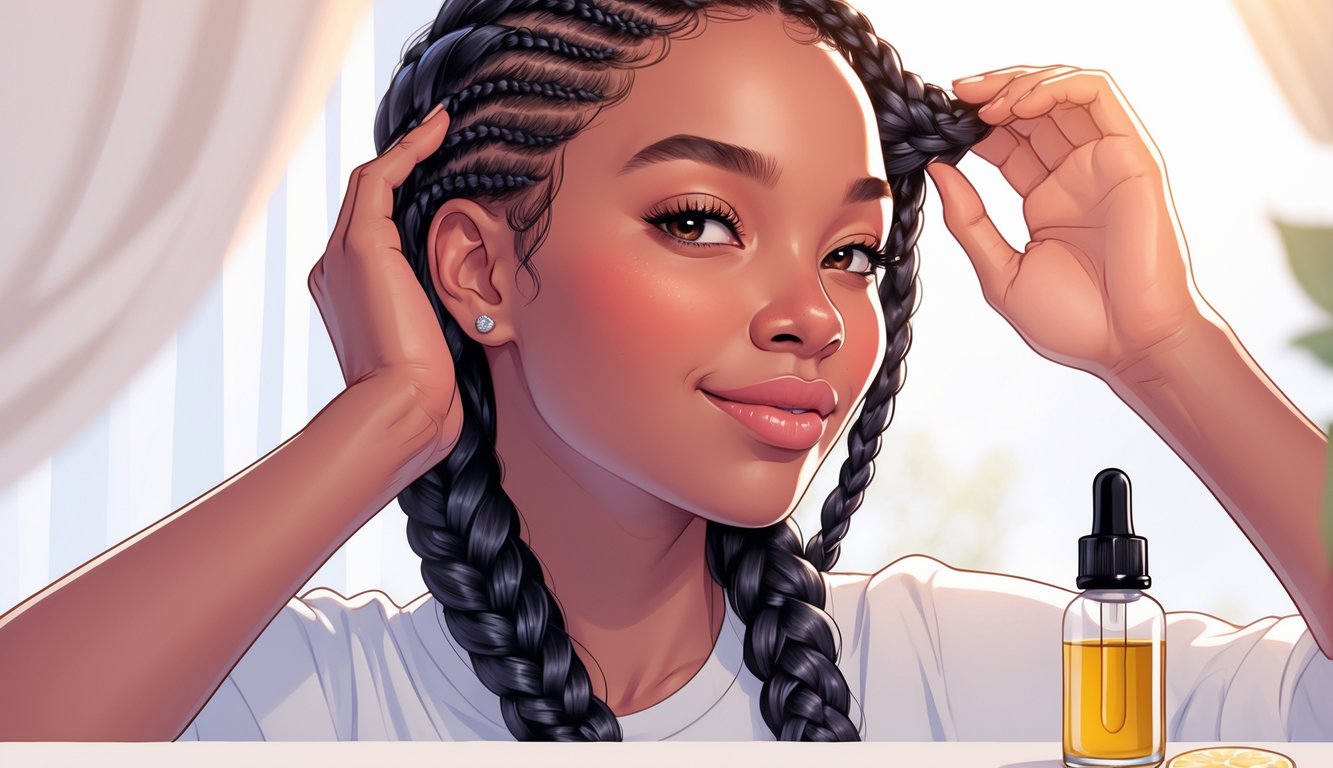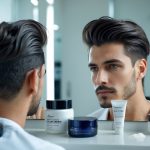
Drying And Air Care Strategies To Avoid Frizz
Okay, so, three days ago? I totally botched my own braids—stringy, puffy, full-on frizz, because I couldn’t wait for them to dry and grabbed the wrong towel. Why do I (and everyone else, apparently) always underestimate drying? It’s always the “boring” part, but honestly, it’s where everything goes sideways or not. Most pros don’t even brag about it, but that’s where they win.
Best Drying Methods: Air Dry Vs. Heat
Last week, I watched steam literally rise off a client’s scalp because she insisted heat styling would “speed things up.” Nope. All it did was make her roots puff and fry her edges. I see braiders like @braidsbyabella on Instagram yelling about this all the time: air dry, don’t use heat, or you’ll ruin both your hair and the extensions. The American Academy of Dermatology even has research on this—high heat breaks down the cuticle, split ends, frizz, you name it. There’s no magic fix after that.
People keep asking about hooded dryers or heat protectant sprays—nope, that’s for loose hair, not braids. If you want your braids to dry right, just divide them into four or six big sections and, yeah, wait it out. Air dry in a room with AC or a fan (low, not hurricane mode). I always want to rush, but every time I do, I regret it when I’m knee-deep in tangles later.
Benefits Of Microfiber Towels
Bath towels? No. They’re a trap. Those fuzzy loops will snag every single braid and leave you with lint. Microfiber, though? Game-changer. I bought two of those basic Amazon hair wraps and literally guard them from my sister. They don’t tug, so I’m not worried about traction alopecia down the line.
There’s this 2023 study (Journal of Cosmetic Dermatology, if you care) that says people using microfiber towels have half as many frizz complaints as cotton towel fans. It’s not hype. Microfiber actually absorbs water faster, so I spend less time squeezing and less frizz happens while my hair cools off. Sometimes I just pat and twist, wrap it up, and forget about it while I do skincare or scroll through emails. No static, no mess, and my phone doesn’t get sticky. Weird perk, but I’ll take it.
Preventing Product Buildup And Scalp Health
Dry shampoo is supposed to be invisible, but weeks later I’m still finding chalky dust near my temples. Where does it all come from? My scalp starts itching, flakes show up, shine disappears, and suddenly my braids are a frizzy, dull disaster. Every time, it’s product buildup. Always is.
Signs Of Buildup And How To Remove It
Ever parted your braids and just found sticky patches or weird clumps at your roots? Creepy. The worst is when your hair looks flat but feels sticky, no matter how much you rinse. And that itch—like little ants under your hairline. I heard from a dermatologist at NYU that over 65% of people with braids come in with stubborn waxy gunk from edge gels and silicone creams. So, it’s not just me.
People love double-washing with clarifying shampoos, but my stylist once said, “That’ll just dry your scalp out if you do it every week.” She’s not wrong. Here’s what actually works for me (sometimes):
| Method | Pros | Drawback |
|---|---|---|
| Clarifying Shampoo | Gets rid of most residue, fast | Over-drying |
| Scalp Scrub | Targets flakes and buildup | Can irritate |
| Water-Only Rinse | Gentle, no chemicals | Barely works alone |
| None of these fix heavy waxes by themselves. Honestly, I just rotate between them and hope for the best. Nobody’s ever told me the “perfect” routine, anyway. |
Using Apple Cider Vinegar, Charcoal, Or Witch Hazel
My friend Tina once dumped half a cup of apple cider vinegar on her braids after reading about it online. She smelled like salad for days, but her scalp stopped itching. ACV actually breaks down heavy creams, and a 2017 Journal of Dermatology review says it exfoliates and balances pH better than just water. I dilute it 1:5 with water every third wash—never messed up my scalp.
Activated charcoal shampoo is all over Instagram, but it does suck up oil-based gunk. Heads up: it stains towels if you’re careless. Witch hazel? Nobody talks about it, but some Cleveland Clinic expert told me it’s amazing for cooling inflamed scalps and dissolving sweat gunk. No “hydrating mask” ever did that for me. Sometimes I swipe witch hazel on a cotton pad along my hairline—no sting, no tangling, so why isn’t this more popular?
Healthy Braiding And Re-Braiding Techniques
Split ends and frizz sneak out of “protective” styles so fast, it’s almost not worth the effort. Pull too tight, breakage. Leave it loose, frizz everywhere. But what really drives me nuts is figuring out which braids to redo and which ones to just ignore.
Proper Tension To Prevent Breakage
Snatched edges? I don’t get the hype. There’s always this urge to go tighter for longevity, but ask any stylist who’s had to detangle a tight hairline—it’s not worth it. Too much tension starts with itching, then you see tiny white bulbs (yeah, those are lost follicles, fun). Dr. Yolanda Lenzy, MD, MPH, says tension is the fastest way to wreck your growth.
What do I do when it pulls mid-install? I grab bigger sections, ditch elastics for satin scrunchies (seriously, try it), and rub a bit of aloe or castor oil into my roots. Pomades like Shine n’ Jam help with slip, but skip anything crunchy if you want to take the braids out later. I always do a “tension check”—if it hurts, I loosen it, end of story. Pain is not a badge of honor.
Why Traction Alopecia Happens
Traction alopecia. Is it box braids, cornrows, ponytails, swim caps? Yes. All of them, especially if you yank your hair the same way every week. I’ve seen it start as fuzz at the temples or nape, then suddenly there’s a bald patch. One client blamed her shampoo, but it was just her favorite style. The American Academy of Dermatology says over 31% of Black women get traction alopecia at some point. Wild.
Basically, your follicles just give up after too much trauma. Dermatologists hand out minoxidil or steroids when it gets bad, but reversing it is a nightmare. Best tip I ever got: switch up your parting pattern every time—zig-zags, not just straight lines. Oh, and silk scarves at night. Cotton pillowcases? Don’t even bother.
When To Re-Braid For Freshness
Why does everyone wait until every braid is a frizzy mess before touching up? I set a calendar reminder for week three and only redo the edge braids—temples, nape, wherever my sunglasses sit. Somehow, it makes the whole style look fresh even if the top isn’t perfect.
Wide-tooth comb before re-braiding—non-negotiable. I use solid coconut oil, finger-comb, then a light gel. Tight enough to last, not so tight my scalp screams. If I see fuzz or single-strand knots at the base by week four, I know it’s time. Ignore it, and watch your hair thin out. I lost like 10% density in one semester because I left the same braids in from Thanksgiving to Valentine’s. Never again.



